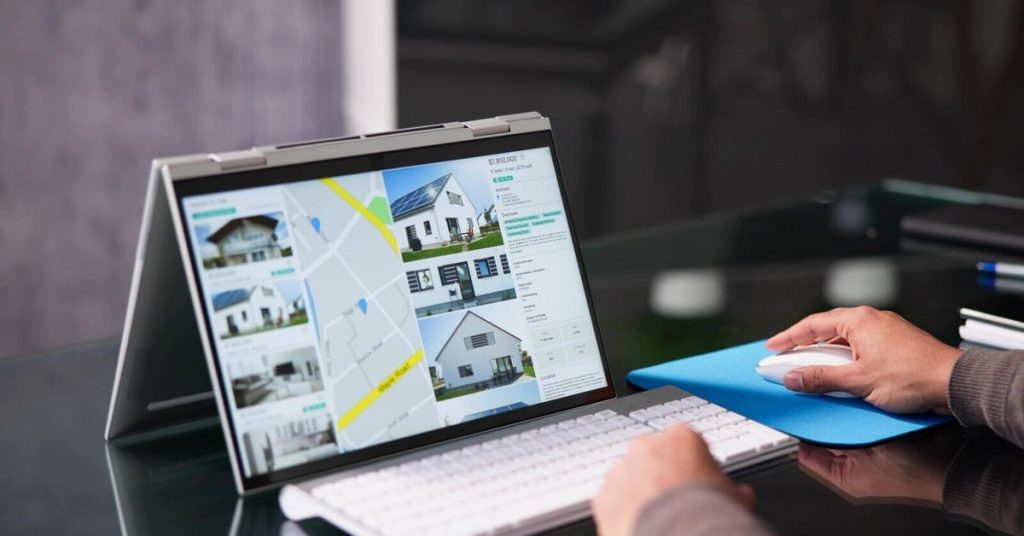
Did you know that property management tracking can significantly boost your rental income? Discover how effective tracking can streamline operations and enhance tenant satisfaction.
Effective property management is essential for landlords and property managers. Managing properties requires organization, attention to detail, and effective tracking methods. Whether dealing with rent collections, maintenance requests, tenant communications, or lease agreements, improper tracking can lead to lost revenue and tenant dissatisfaction. In this article, we will explore the various aspects of property management tracking, including its importance, the types of tools available, key metrics to monitor, best practices, challenges that may arise, and future trends shaping the industry. These insights will equip landlords and property managers to enhance their property management strategies.
Property management tracking is crucial for a multitude of reasons. For one, it enhances operational efficiency. By keeping accurate records, property managers can easily access information related to tenants, leases, and maintenance requests. This access leads to better decision-making and timely actions.
Another significant reason to implement effective tracking is financial accuracy. Tracking rental payments, expenses, and maintenance costs ensures that property owners stay informed about their financial standing. Accurate records are also vital for tax purposes and optimizing cash flow.
Moreover, tenant satisfaction hinges on responsiveness and effective communication. By tracking tenant inquiries and concerns, property managers can address issues quickly, thus improving tenant retention. Tenants are more likely to renew leases when they feel heard and valued. Overall, property management tracking is integral to creating a harmonious landlord-tenant relationship and ensuring the long-term success of rental properties.
In today’s digital age, numerous tools and technologies are available for property management tracking. Software solutions such as AppFolio, Buildium, and Propertyware offer comprehensive features for monitoring various aspects of property management. These platforms help automate rent collection, process maintenance requests, and generate financial reports.
Many of these tools are user-friendly and allow for online access, making them convenient for both landlords and tenants. They often include mobile applications that enable on-the-go access, further enhancing flexibility.
In addition to traditional property management software, property managers are increasingly using spreadsheets and project management tools. While basic, these can be effective for smaller portfolios. Integrating cloud storage solutions allows for efficient data management and sharing among teams. It’s essential for property managers to assess their needs and choose the right tools that align with their operational goals and the complexity of their properties.
Knowing which metrics to track is essential for effective property management. First on the list is occupancy rate. High occupancy rates indicate a healthy rental market, while low rates may signal potential issues. Tracking turnover rates is equally important, as frequent tenant changes can lead to increased costs and lost revenue.
Another key metric is rent collection efficiency. This includes tracking on-time payments versus late payments. A high percentage of late payments can indicate dissatisfaction or issues with tenant screening processes.
Maintenance response time is another important metric; it reflects how quickly management responds to tenant requests, which directly ties into tenant satisfaction. Lastly, financial metrics such as net operating income (NOI) and cash flow should be tracked regularly to ensure the property remains profitable. Monitoring these key metrics will help property managers make informed decisions and optimize their operations.
Implementing best practices can elevate property management tracking from simple record-keeping to strategic management. First, establish standardized procedures for data entry. This ensures consistency and accuracy across all records. Regularly updating records is also critical; new tenant information, lease changes, and maintenance updates should be logged promptly.
Using visual aids, such as dashboards or reports, can simplify data interpretation. These tools can highlight trends and anomalies more clearly, enabling quick responses.
Communication with tenants is another vital practice; consider sending reminders for upcoming rents or maintenance interventions. This opens lines of communication and shows tenants that their needs are prioritized. Finally, regular audits are paramount. This involves reviewing financial and tenant records to ensure accuracy and compliance with local regulations. Following these best practices enhances the overall efficiency of property management tracking.
Despite the benefits of property management tracking, there are challenges that property managers may face. One prominent challenge is the potential for data entry errors. Mistakes can happen, especially when tracking large amounts of data. To mitigate this, consider implementing double-check protocols or using automated systems that reduce the manual entry of data.
Another issue is data overload. With so much information available, it can be overwhelming to know what to track and why. Property managers should focus on key metrics and streamline their approach rather than attempting to track everything.
Additionally, ensuring compliance with local laws regarding tenant data privacy is critical. Identifying all regulations requires thorough research and understanding of local laws. Regular training on compliance for staff can help keep everyone informed about the proper protocols regarding data management. Addressing these challenges proactively will allow property managers to effectively harness the power of tracking.